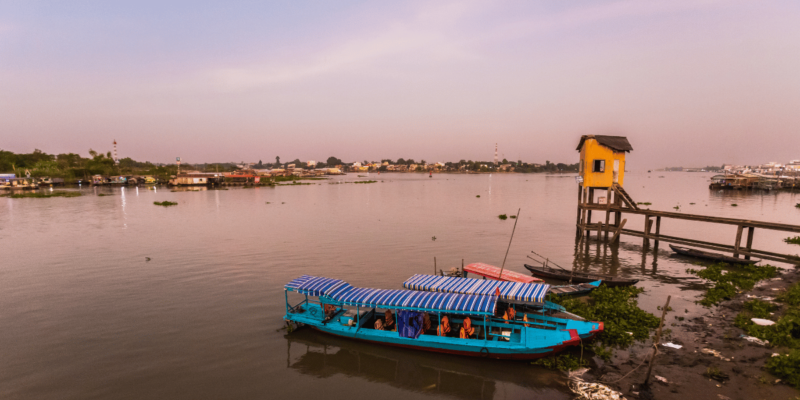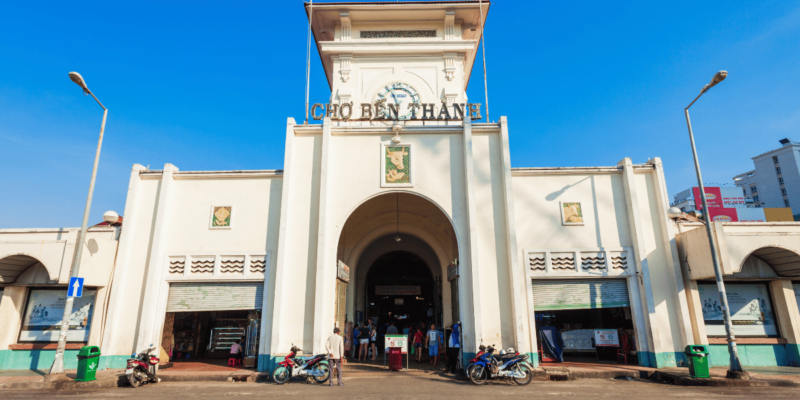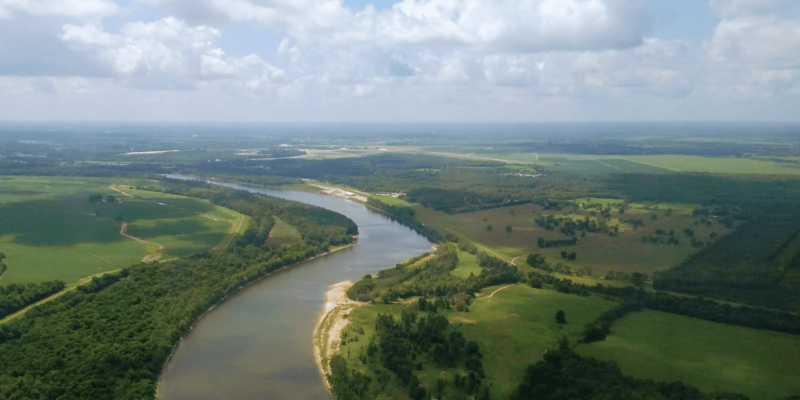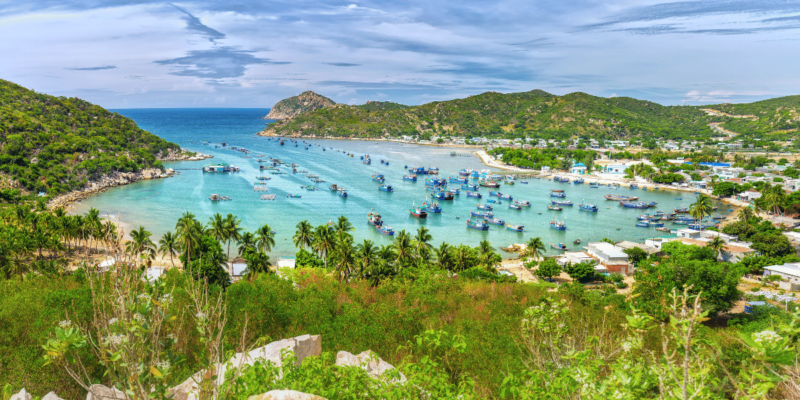Deepening Insight into the Significance and Challenges of the Mekong River
The Mekong River’s Role in Southeast Asia
The Mekong River, often revered as the lifeblood of Southeast Asia, stands as a towering figure in both the physical and cultural landscapes of the region. Its waters traverse diverse terrains, nourishing lands and communities from the Tibetan Plateau down to the lush Mekong Delta in Vietnam. This majestic river does not just supply water; it weaves together a tapestry of ecological, economic, and spiritual elements that define the lives of millions.
Cultural and Spiritual Significance
For countless generations, the Mekong has been more than just a river; it is a source of life and a central figure in the cultural narratives of the communities along its banks. It is intertwined with local folklore, where it is often personified as a nurturing mother who provides abundantly for her children. The river is celebrated through festivals and rituals that underscore its spiritual significance, marking it as a sacred entity that sustains and connects lives.
Economic Importance
Economically, the Mekong is a powerhouse. It supports one of the world’s most productive inland fisheries, crucial not only for food security but also for the livelihoods of millions of local residents. The river’s fertile floodplains allow for prolific rice fields, particularly in Cambodia and Vietnam, where agriculture remains a cornerstone of the economy. This agricultural bounty is vital not only for local consumption but also for international markets, reinforcing the global importance of the Mekong’s ecological health.
Environmental and Ecological Stresses
However, the Mekong River faces unprecedented challenges. Rapid industrialization and economic development have led to extensive dam construction, particularly in China and Laos, which has significantly altered the river’s natural flow and ecosystem. These dams disrupt the sediment flow and migration paths of numerous fish species, some of which are crucial for the basin’s biodiversity.
Additionally, the encroachment of agricultural lands, coupled with the use of harmful pesticides and fertilizers, contributes to significant water pollution. These human activities compound the natural challenges posed by seasonal fluctuations in water levels, which are now exacerbated by climate change.
Geopolitical and Regional Concerns
The management of the Mekong River is not merely an environmental issue but a geopolitical one. The river runs through multiple countries, each with its own economic agendas and developmental goals. This transboundary nature makes cooperative management crucial yet challenging. The competing interests of upstream and downstream countries necessitate a delicate balance between national desires for development and regional needs for sustainable water usage.
The Future of the Mekong
The future of the Mekong River hinges on a collective regional effort to address these challenges. Sustainable management practices are needed to mitigate environmental degradation and ensure that the river continues to support the diverse ecosystems and communities dependent on its waters. International cooperation, informed by scientific research and underpinned by a commitment to ecological preservation, is essential.
Preserving the Mekong’s vitality is critical not only for the current generation but also for future generations who will inherit its legacy. The decisions made today will determine whether the Mekong continues to be a source of life and prosperity or becomes a cautionary tale of ecological decline. The path forward must be navigated with care, respect, and a deep understanding of the river’s pivotal role in the region’s cultural, economic, and environmental health.




















































